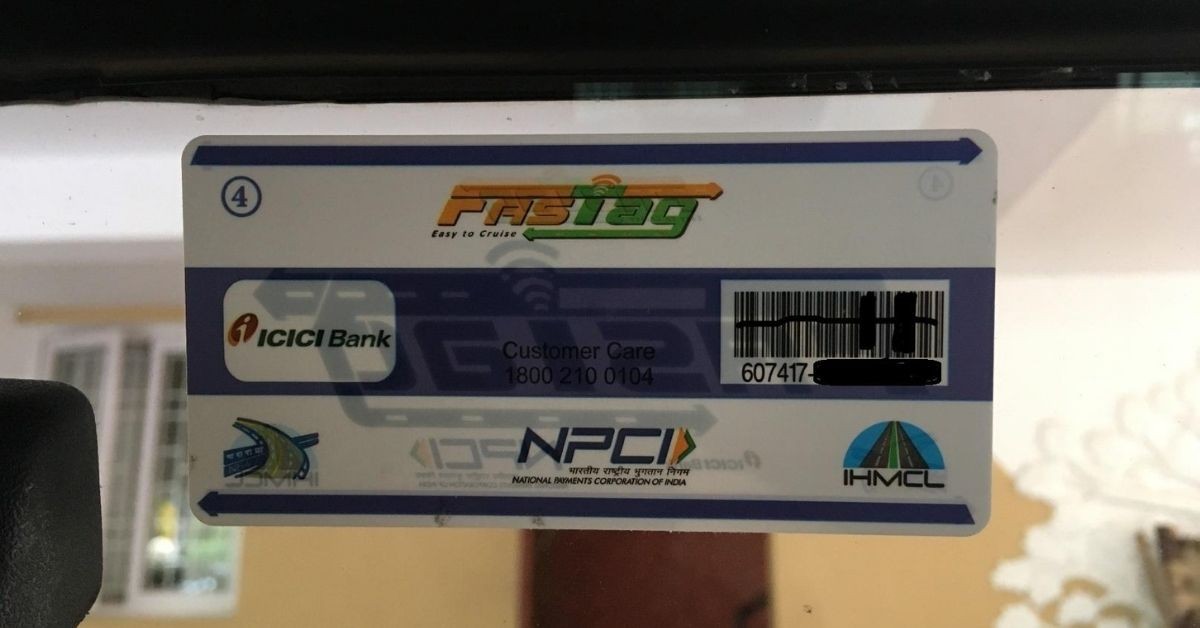The government is working on a system to soon provide report to GST officers on a real-time basis for those vehicles which are moving without e-way bills, to help intercept stuck trucks at toll plazas and check GST evasion.
The tax officers would also be provided analysis reports on identifying e-way bill EWB with no movement of goods as it would help officials identifying cases of circular trading. It would also provide reports on recycling of e-way bills for tax evasion prone commodities to help officers in identifying tax evaders.
Under the Goods and Services Tax (GST) regime, e-way bills have been made mandatory for inter-state transportation of goods valued over Rs 50,000 from April 2018. However, gold is exempted.
In the electronic way (e-way) bill system, businesses and transporters have to produce before a GST inspector the e-way bill, if asked.
The government is now working on a ‘Real-time and Analysis Reports on RFID’ for GST officers to help them nab tax evaders who are misusing the e-way bill system.
In a report on ‘E-way Bill – A journey of three years’, the government said 180 crore e-way bills have been generated in three years till March 2021. Of this, only 7 crore bills were verified by tax officers.
In the 2020-21 fiscal, ended March, 2021, 61.68 crore e-way bills were generated, of which 2.27 crore was picked up for verification.
In 2019-20 fiscal, ended March 2020, 62.88 crore e-way bills were generated, of which 3.01 crore were picked up for verification by tax officers.
The top five states, which generated maximum number of e-way bill for inter-state movement of goods were generated are Gujarat, Maharashtra, Haryana, Tamil Nadu and Karnataka.
The top five sectors where maximum e-way bills were generated in the past three years are textiles, electrical machinery, machinery and mechanical appliances, iron and steel, and automobiles.
With effect from Janaury 1, 2021, the government has integrated RFID/FasTag with the e-way bill system and a transporter is required to have a RFID tag in his vehicle and details of the eway bill generated for goods being carried by the vehicle is uploaded into the RFID.
When the vehicle passes the RFID Tag reader on the highway, the details fed into the device gets uploaded on the government portal. The information is later used by the revenue officials to validate the supplies made by a GST-registered person.
To improve tax compliance, the government has also started blocking of EWB Bill generation if a GST registered taxpayer has not filed GSTR- 3B return for the last two successive months.
Also, the government has blocked the generation of multiple EWBs on one invoice. If the EWB is once generated using an invoice number or document number, then none of the other parties can generate another EWB using the same invoice number.
Besides, the e-way bills system has enabled auto calculation of distance based on PIN codes. The system will auto calculate the distance between the source and destination, based on PIN codes.
For the future, the government will also provide a real-time report on vehicle movement for selected e-way bill to helps officers in knowing the trail of movement by the vehicle.
Also, real-time report on vehicles moving without e-Way bills for a selected toll plaza would be made available to officers to help them intercept only those vehicles which are not having e-waybills
Also analysis reports on identifying EWB with no movement of goods would be given to assist officers in identifying cases of bill trading and circular trading. Analysis reports on recycling of EWB for tax evasion prone commodities would help in identifying tax evading taxpayers.
AMRG & Associates Senior Partner Rajat Mohan said, “With enhancements in GSTN & NIC systems, the efficacy of point-to-point tracking is getting water-tight. At this pace, taxpayers will soon witness real-time monitoring of goods. Transportation sector may have real-time tracking technologies in place in the next 3- 5 years, whereby tax leakage will practically become impossible.”
EY Tax Partner Abhishek Jain said the three-year report on e-way bill highlights the future features to be introduced in the NIC portal which will further help authorities and businesses in easy tracking of move of goods.
Source : Economic Times







